Saguaro National Park is named after the giant saguaro cactus forest, unique to the Sonoran desert. It is the only national forest in the US made up entirely of giant cactus plants. But, for me, the real highlight is the ancient petroglyphs at Signal Hill.
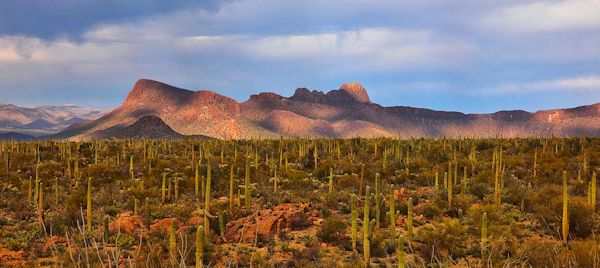
Saguaro National Forest
It’s a little off the beaten path – you have to take a dirt road known as the Bajada Loop Drive, but it’s a short trip to make a journey 1,000 years back in time.
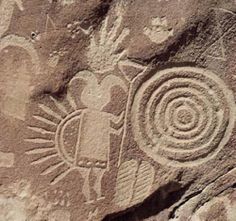
Saguaro National Park Hohokam Petroglyphs at Signal Hill
It’s believed the Hohokam people carved these images and patterns into boulders while on hunting and gathering expeditions.
Nobody knows what they mean: they may be solstice markers, clan symbols, decorative motifs or simply ancient graffiti.
The giant saguaro is the universal symbol of the American west. These majestic plants, found only in a small portion of the United States, are protected by Saguaro National Park, to the east and west of the modern city of Tucson.
Here you have a chance to see these enormous cacti, silhouetted by the beauty of a magnificent desert sunset.
With an average life span of 150 years, a mature saguaro may grow to a height of 50 feet and weigh over 10 tons.
While most visitors to Saguaro National Park choose a leisurely drive on one of the scenic loop drives, those eager for an escape from the rigors of city life often opt to explore the park on over 150 miles of hiking trails, ranging from flat and easy strolls in the Sonoran Desert to steep and rugged hikes into the Rincon Mountains.
Visitors of every ability have a place to get out of the car and explore. 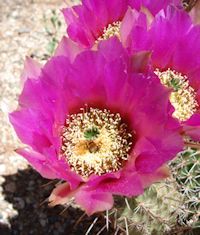 March and April are the best months to view wildflowers in the Sonoran Desert.
March and April are the best months to view wildflowers in the Sonoran Desert.
Popular flowers include the Mexican golden poppy, the Arizona penstemon, and the Fairy duster.
Saguaro National Park is uniquely situated around the 500 square miles that make up Tucson; which is at the heart of the Sonoran desert.
Sitting at just under 2,400 feet above sea level, Tucson is 60 miles north of the U.S. Mexican border and about 100 miles south of the state capital, Phoenix. Its two districts are separated by the city’s 1 million residents.
The Tucson Mountain District (TMD) on the west, and the Rincon Mountain District (RMD) to the east, are approximately 30 miles (45-60 minutes) apart. While similar in terms of plants and animals, the intricate details make both areas praiseworthy.
The TMD (west) boasts large stands of saguaro cactus creating a breathtaking saguaro forest, whereas the RMD (east) hosts a magnificent sky island, where you can find bears, cougars and the ever elusive coati (aka kudamundi).
Tucson Mountain District
- A short hike on the Valley View Overlook Trail, right from the Bajada Loop to view the Avra Valley and distant mountain ranges.
- A fabulous orientation program offering a Native American perspective on the saguaro cactus. Shown daily at the Red Hills Visitor Center.
- A trip to Signal Hill Picnic Area, which offers visitors the chance to view hundreds of ancient petroglyphs.
- There are 5 designated areas to enjoy a picnic.
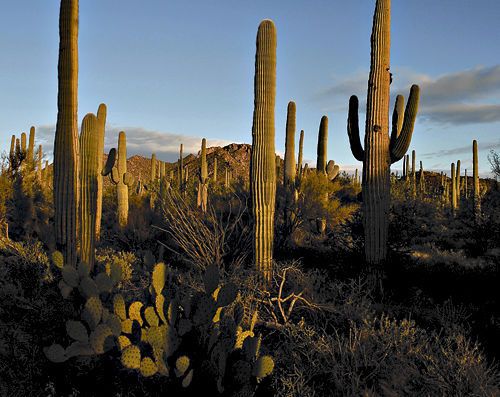
Rincon Mountain District
- A scenic auto/bike tour around the Cactus Forest Loop Drive offering incredible views of the Rincon Mountains.
- A one mile loop hike along the Freeman Homestead Trail to learn about homesteading in the desert as well as modern Tucson.
- Or choose from the many different hiking paths outlined along the northern part of Cactus Forest Loop.
- For those with a taste for adventure, as well as a couple of extra days, we recommend a trip into the Rincon Mountain Saguaro Wilderness Area to visit Manning cabin, which was built in 1905 by Levi Manning, one time mayor of Tucson.
Mountain ranges around Tucson:
- Santa Catalina Mountains to the N and NE
- Tortolita Mountains to the NW
- Santa Rita Mountains to the S and SE
- Tucson Mountains to the W
- Rincon Mountains to the E
Tucson’s three major dry river washes: the Pantano Wash, Santa Cruz River, and the Rillito River. 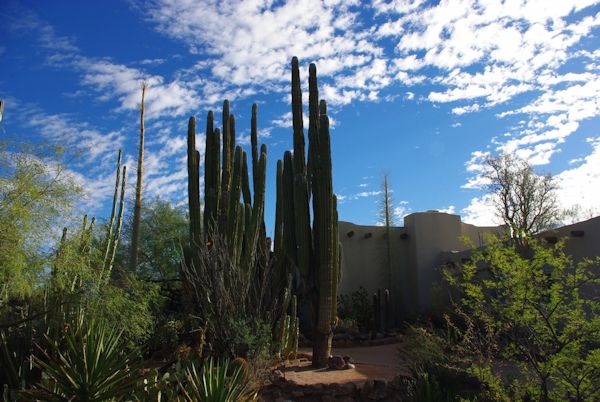
Saguaro National Park ‘s visitor season is from approximately November through April.
During these months both districts of the park offer naturalist-led activities on most days. Patio talks and cactus garden walks are offered near the visitor centers, most of these are wheel-chair accessible. Longer guided hikes and special activities such as bird and wildflower walks are offered frequently during the season.
Special moonlight hikes and full-moon talks are also offered, many of these require reservations.Call the visitor centers for specific information: Rincon Mountain District (Eastside) 520 733-5153, Tucson Mountain District (Westside) 520 733-5158.
